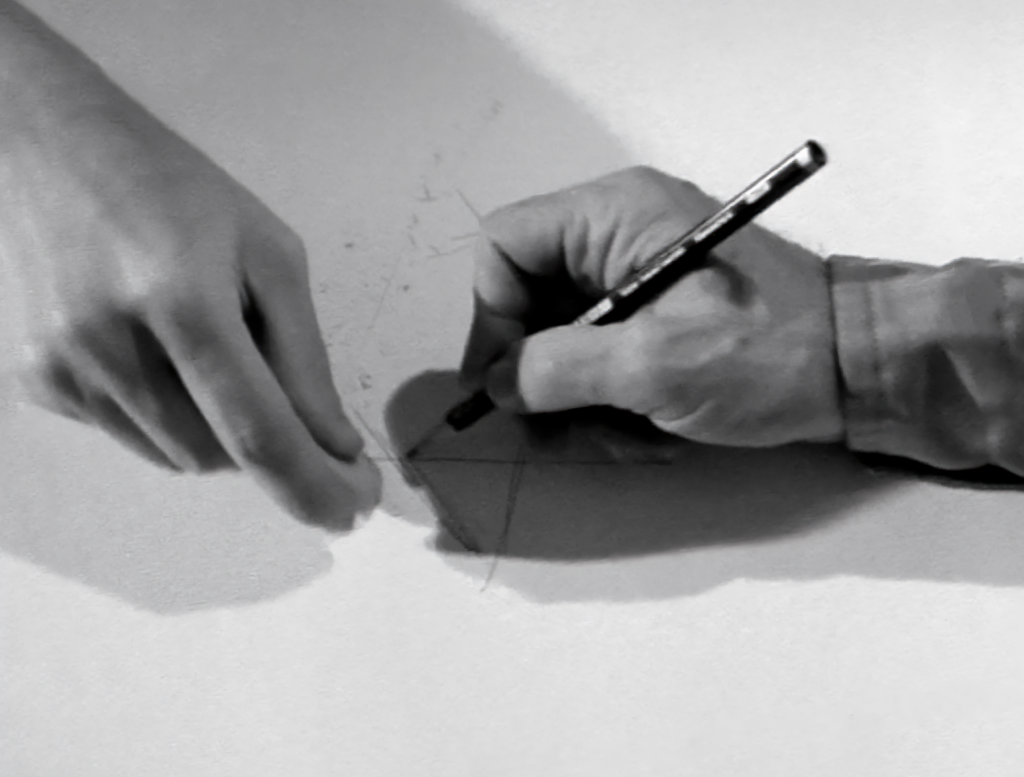When the curator of the Haaretz Collection, Efrat Livny, invited me to curate an exhibition of works from the collection for Minus 1 gallery, all kinds of thoughts came to mind about the essence of the collection and about which segment of it I would want to present. One line of thought suggested formulating something of principle about this singular collection, while another promoted delving into the significance of the collection – the entity assembling it and its place of storage – for me personally.
But then came the regime coup , and the demonstrations began to accumulate. The feeling grew that it was impossible to continue as usual and simply ignore all that was happening around us – certainly while working with a politically and socially engaged art collection like that of Haaretz. And so, without prior planning, while virtually wandering through the works in the collection, a different exhibition emerged, one that was curated as if by itself. An exhibition that touches on the concept of border, demarcates and erases it, cracks it, and fuses it back together again. An exhibition that is tantamount to an installation, which inscribes itself in space and examines its own survivability in this turbulenttime. An abstract exhibition in which, like subtle punctuation marks, concrete, identifiable anchors are scattered.
The concept of the border is used, as we know, in different ways in the fields of geography, politics, psychology and mathematics, to mention only a few obvious contexts. A border can be concrete but also abstract; natural but also artificial; it may enclose something and at the same time define everything outside of it. Border as sign, but also border as idea. And above all, border as inner essence. As a question.
Most of the works in the exhibition incorporate a dimension of division, duality or interior reverberation. A black star is an imagined celestial body, a body that does not exist in astronomy. The pair of words brings together, hypothetically, two states of matter: the glittering light that characterizes a star in the course of its life, and the absolute absorption of light of in a black hole, that is, of a star after its death (given that the mass of the star was large enough to bring about a collapse of this kind). The choice of this pair of words as the title of the exhibition constitutes a metaphor for the political state of affairs in Israel. The past few months have brought with them a stark, persistent feeling of uncertainty, of the potential of growing darkness, of fear of the end of an era. The feeling of collapse, of darkness, and the tremendous sadness they brought about, engendered the spirit of the exhibition.

